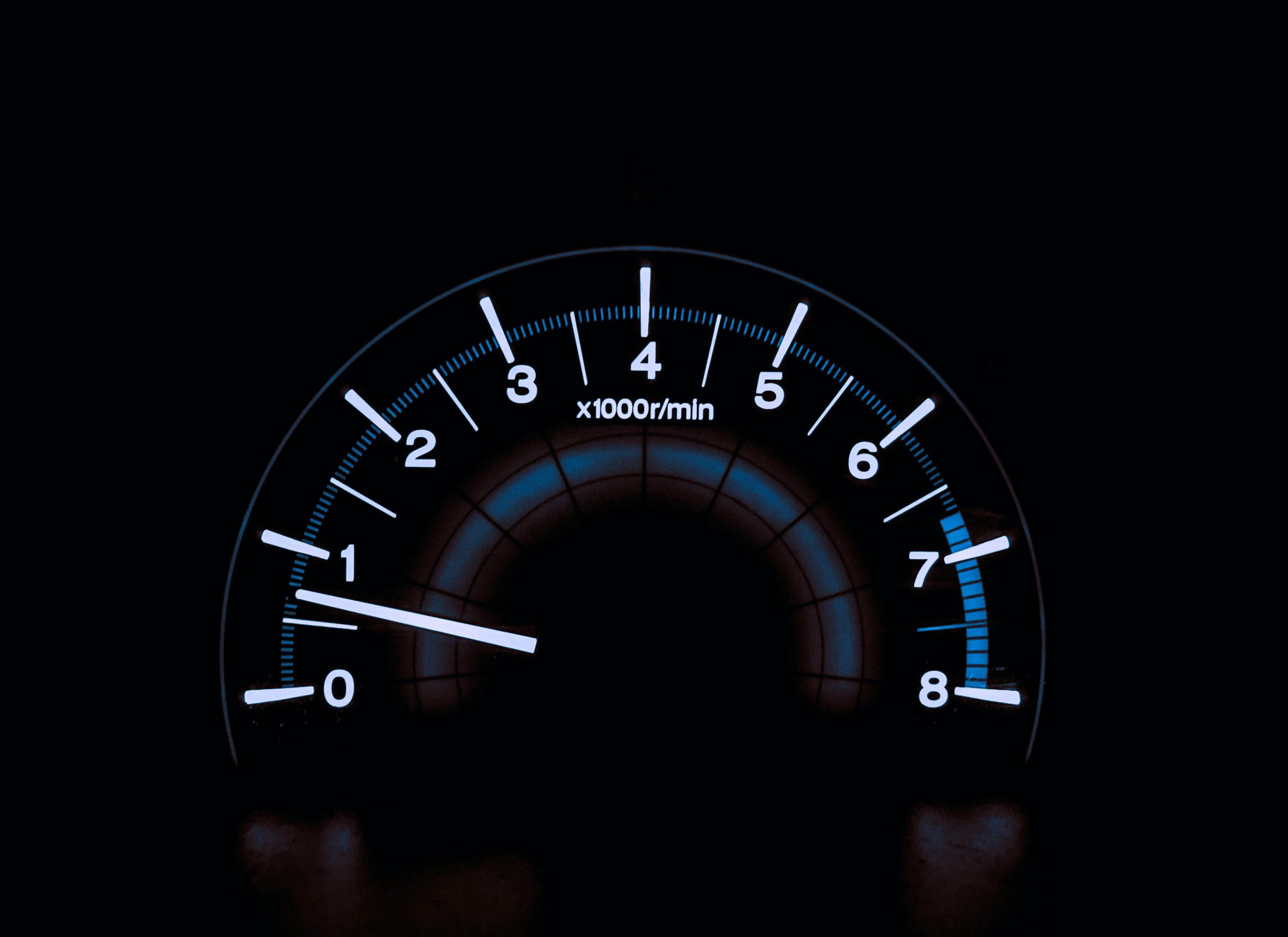Magento offers a high level of customization and functionality for your e-commerce store. But what happens when this functionality starts to slow your website down? It could cost you customers and, in turn, revenue.
We’ve put together five simple improvements to optimize your site, improve customer experience and increase your sales.
Pro tip: before jumping into these improvements, test your site performance with these website speed tests.
1. Upgrade to the latest version
A great place to start when you’re looking to speed up your Magento site is to make sure you are using the latest version. This will fix bugs and improve the overall performance. While a Magento upgrade can take some work, they offer helpful instructions on their website that walk you through the steps.
2. Optimize caching
Make sure you have enabled caching on your website. This will store information from your site on the customer’s browser so your site doesn’t have as much content to load after the first visit.
While Magento has built-in caching, we recommend using a third-party tool like Redis, Memached or Varnish for best results. If you’re using a Magento-optimized server, these tools will be built in and your hosting company may configure them for you.
3. Compress images
The images on your website can account for a huge portion of your site’s load time. According to KeyCDN, on average, 56% of a website’s page weight is images.
Because of the prominence of images, it’s crucial to compress them if possible. You can do this through a simple photo editor, like Adobe Photoshop or even through the Image Optimizer on Magento.
4. Enable Flat Catalog
This is especially helpful for online stores that have more than 1,000 products. Enabling the flat catalog puts the product information into one table. You can change this in Magento by visiting System > Configuration > Catalog.
5. Merge CSS and Javascript files
Magento already has a tool for you to combine and compress Javascript and CSS. Doing this will cut down on the number of HTTP requests and help your page load faster.
You can access this tool by going to System > Advanced > Developer. Under “Javascript Settings” and “CSS Settings” you will see the option to merge these by selecting “Yes.”
You can also take this process to the next level and download an extension to minify your Javascript and CSS files. This results in smaller code and reduced files sizes — both benefits when you are looking to cut down on load time.
6. Gzip Compression
Enabling gzip is another way to speed up load time for your Magento site. According to GTMetrix, this simple fix can reduce your page size by 70%. Not sure if you have gzip enabled? You can use this tool to find out.
To enable gzip, you will start from your Apache server. Make sure that mod_deflate is enabled. You can learn more on gzip compression here.
Need help putting these steps into practice?
We know that it can be overwhelming to try and make improvements that ramp up your site performance. If you need help putting these recommendations into practice, we are here for you.
To get personalized advice about how to optimize your website, request a free consultation.
